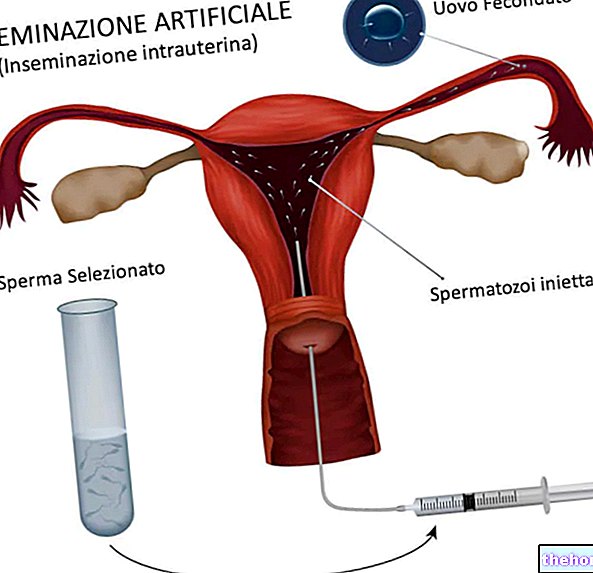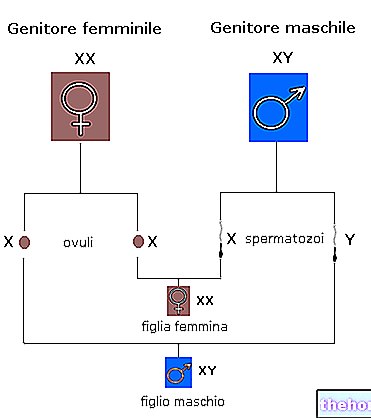When will I receive the Results
Usually the test report is available two weeks after the amniocentesis, since the chromosomal analysis takes time for the growth of fetal cells in culture. For this reason, when the medical report is late in arriving, it does not necessarily mean that there is something pathological; it can simply mean that cells take longer to grow.
An early diagnosis for the main chromosomal abnormalities, such as Down syndrome, can however be available within 48-72 hours from the examination, thanks to rapid tests, which are not exhaustive.
When is it done?
Early, Standard and Late Amniocentesis
Usually, amniocentesis is performed between the 16th and 18th week of pregnancy. However, the desire to obtain earlier investigations has led many authors to bring forward the date of the examination more and more, so much so that it is even practiced between the tenth and the twelfth week of gestation. In these cases, we speak of early amniocentesis. The incidence of complications increases significantly compared tostandard amniocentesis, but you have the advantage of diagnostic anticipation.
As a response to this need to anticipate prenatal diagnosis as much as possible, another examination has been available for several years now, called villocentesis (chorionic villus sampling), which is performed between the 10th and 12th week.
The main advantage of amniocentesis over CVS is that the risk of contamination by maternal cells is lower, as is the risk of abortion (even if this has now leveled off between the two procedures, thanks to the improvement of diagnostic techniques and protocols ).
We talk about late amniocentesis when the diagnostic technique is performed after the twentieth week of gestation. In this case, the indications are to evaluate in general the state of health of the fetus, its pulmonary maturity (in view of an early birth) and the possible maternal-fetal isoimmunization.
Evacuative Amniocentesis
Rarely, amniocentesis can be performed to remove excessive accumulation of amniotic fluid (called polyhydramnios); in these cases we speak of evacuative amniocentesis.
When is it needed?
The main indication of amniocentesis remains the prenatal diagnosis of chromosomal anomalies. The priority investigation is aimed at identifying a possible Down syndrome and other pathologies on a genetic basis.
If particular risk factors require it, it is however possible to identify a more or less wide range of chromosomal diseases (cystic fibrosis, congenital deafness, Duchenne muscular dystrophy, thalassemia and many others).
Factors suggesting the execution of the amniocentesis- Age of the pregnant woman equal to or greater than 35 years.
- Presence of a "chromosomal abnormality in one or both parents.
- Determination of fetal sex for X-linked diseases
- Assisted Reproduction Treatments for Male Infertility.
- Pregnancy at risk of maternal-fetal incompatibility.
- Presence of a genetic disease in one or more of the parents' relatives.
- Abnormal results of an ultrasound examination.
- Previous delivery of a child with a genetic disease.
- Pregnant woman exposed to radiation or known mutagenic factors (drugs or chemicals).
PLEASE NOTE: in public facilities, for women aged 35 or over on the presumed date of birth, and for those with an indication provided for by the national protocol, the examination is free after genetic counseling.
In addition to the examination of the cells, the analysis of the amniotic fluid can give important indications on the presence of genetic diseases. The alpha-fetus-protein (AFP), for example, is produced by the fetus and is measurable in the amniotic fluid taken for amniocentesis. When the AFP value is high, there is a concrete possibility of fetal malformations, such as neural tube defects ( spina bifida, anencephaly or meningocele), abdominal wall defects and others.
What happens if the amniocentesis reveals abnormalities?
When the results of the amniocentesis show a pathological result, the couple is immediately informed by the geneticist about the meaning of the anomaly, its possible implications and therapeutic opportunities.
On the basis of this information, with the support of family members and health workers, the couple must make the decision they deem most appropriate; when the pathology is serious, given that in most cases there are no concrete possibilities of cure, there are only two possible alternatives: carry on the pregnancy, preparing to accept or give up for adoption (within the terms established by law) the child, or terminate the pregnancy according to the times and methods provided for by law.
Other articles on "Amniocentesis - When and Why To Do It?"
- Amniocentesis
- Amniotic fluid
















.jpg)











